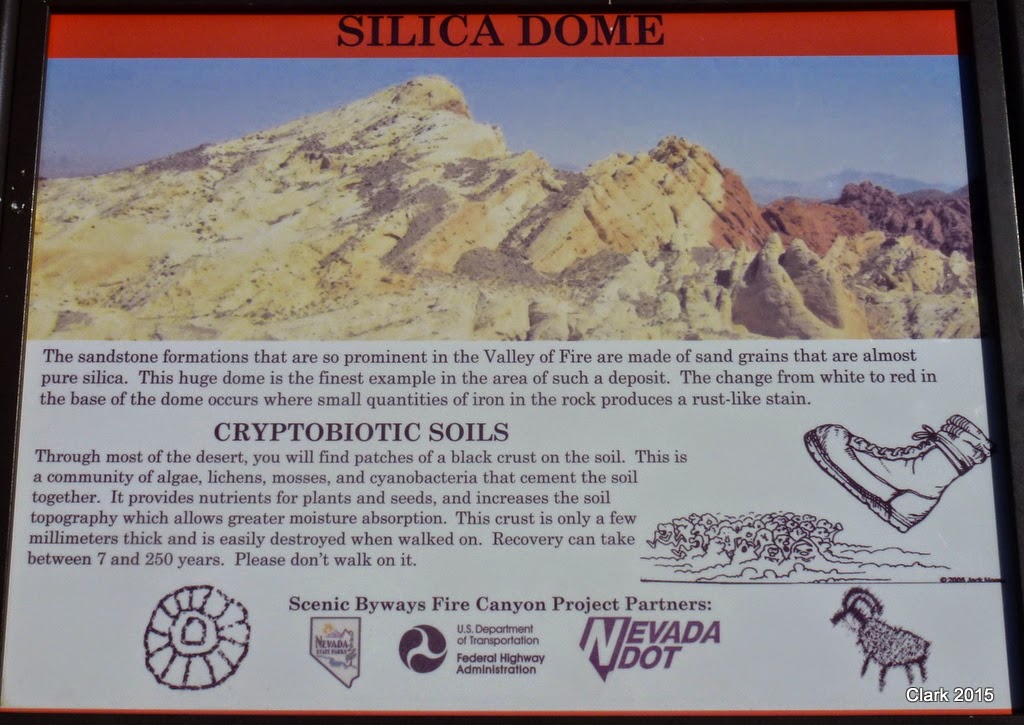Cryprogamic Soil Crust: Difference between revisions
| Line 4: | Line 4: | ||
Algae are the most common and abundant of them, how ever we more closely associate lichens and moss's due to the fact that we can see them much more clearly with the naked eye. | Algae are the most common and abundant of them, how ever we more closely associate lichens and moss's due to the fact that we can see them much more clearly with the naked eye. | ||
These organism can play a huge part in stabilizing the top layer of soil (Horizon O). This is hugely beneficial in making sure that erosive forces like wind and water don't crumble away this important layer and leave the bedrock barren. Cryptogamic crust also can help maintain moisture levels and distribute it deeper into the soil layers. | These organism can play a huge part in stabilizing the top layer of soil (Horizon O). This is hugely beneficial in making sure that erosive forces like wind and water don't crumble away this important layer and leave the bedrock barren. Cryptogamic crust also can help maintain moisture levels and distribute it deeper into the soil layers. | ||
[[File:UT_arch_01.jpg]] | |||
== Habbitat == | == Habbitat == | ||
Revision as of 12:03, 8 March 2018
What is it?
Cryptogamic soil is a very thin layer of life consisting of a variety composition of living organisms including lichens, bryophytes and algae. Algae are the most common and abundant of them, how ever we more closely associate lichens and moss's due to the fact that we can see them much more clearly with the naked eye. These organism can play a huge part in stabilizing the top layer of soil (Horizon O). This is hugely beneficial in making sure that erosive forces like wind and water don't crumble away this important layer and leave the bedrock barren. Cryptogamic crust also can help maintain moisture levels and distribute it deeper into the soil layers.
Habbitat
References
Anderson, David C., et al. “Factors Influencing Development of Cryptogamic Soil Crusts in Utah Deserts.” Journal of Range Management, vol. 35, no. 2, 1982, p. 180., doi:10.2307/3898386.
Lesica, et al. “The Effects of Cryptogamic Soil Crust on the Population Dynamics of Arabis Fecunda (Brassicaceae) /.” Details - The Effects of Cryptogamic Soil Crust on the Population Dynamics of Arabis Fecunda (Brassicaceae) /, Helena, Mt. :Montana Natural Heritage Program,[1991], 1 Jan. 1991, www.biodiversitylibrary.org/bibliography/35812.
